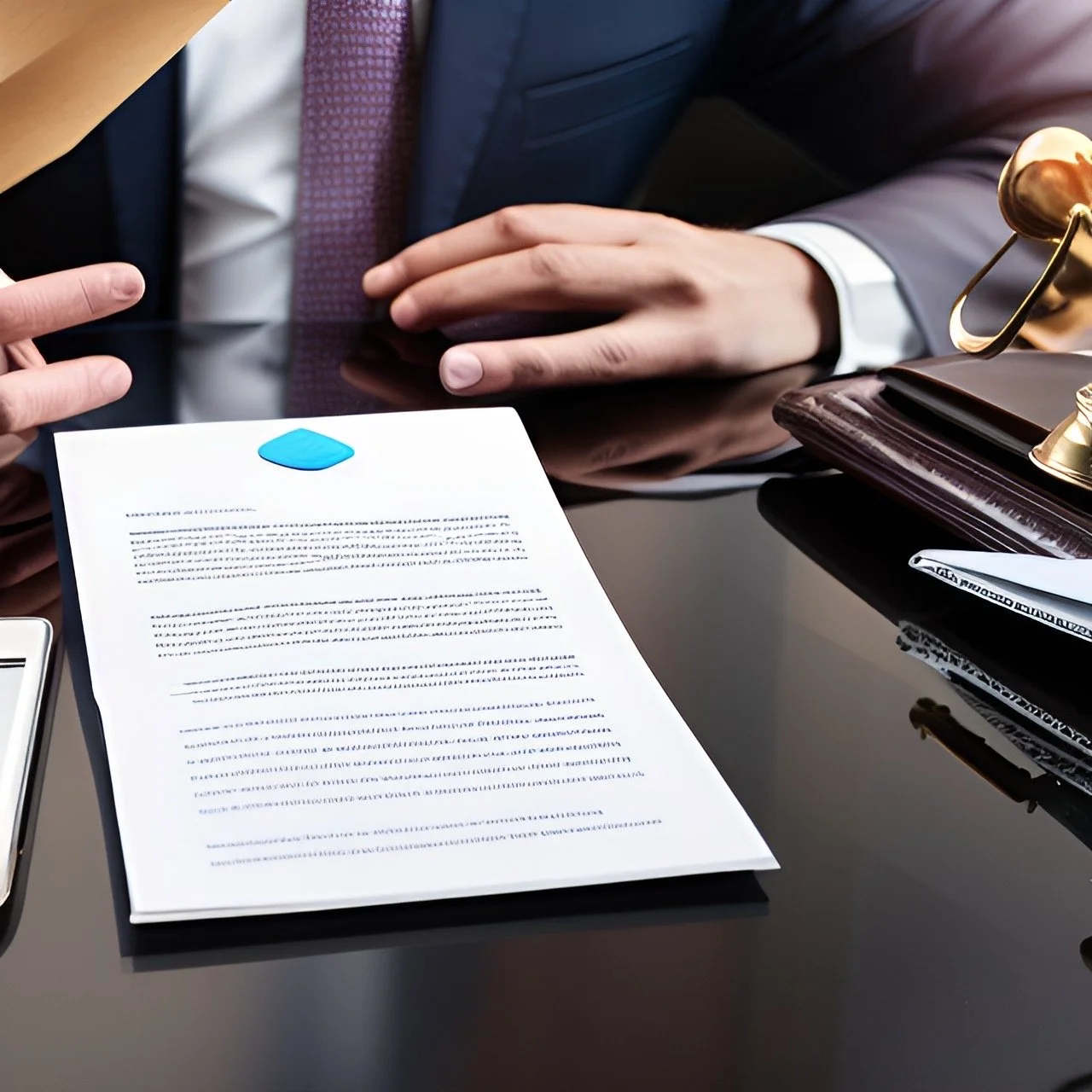A close up picture of an eye caught in the crosshairs of a laser.
As we celebrate Disability Pride Month, it's crucial to spotlight the urgent need for lawmakers to act in regulating surveillance technologies to protect the rights of disabled individuals. The rapid evolution of these technologies presents both opportunities and challenges, and it's our collective responsibility to ensure they are used ethically and inclusively.
In a recent article for The Hill, Sarah Roth and Evan Enzer of the Surveillance Technology Oversight Project (S.T.O.P.) noted that "Data-driven surveillance tech has been incorporated into nearly every sector of public life... However, countless studies have shown that these technologies are inherently biased and discriminatory because they are not being built, or used, with accessibility in mind."
These technologies, such as biometric monitoring software, often fail to account for the diversity and nuance of disabilities. This lack of inclusivity can lead to people with disabilities being singled out or experiencing dehumanizing punishment for simply existing as themselves.
For instance, Amazon’s Flex program uses an app to track delivery drivers' efficiency. This system overlooks the experiences of workers with disabilities, and the algorithmic management system has been reported to fire the slowest people — regardless of the individual’s disability or access needs.
Moreover, policies that require patrons to expose their faces to facial recognition surveillance cameras discriminate against immunocompromised individuals and those who rely on masks for health benefits.
We must ensure that technological change does not come at the expense of disability rights and justice. The recent ordinance introduced by the New York City Council to ban facial recognition in public places is a step in the right direction. But more needs to be done.
As these surveillance tools become more prominent and inescapable, the urgency with which lawmakers need to act cannot be overstated. We must continue to advocate for the rights of disabled individuals and push for regulations that ensure these technologies do not infringe on their rights and freedoms.
As we move forward, let's remember that our goal should always be to create a society where everyone, regardless of their abilities, can thrive.
New technology, same problems: We need to ensure accessibility for everyone







